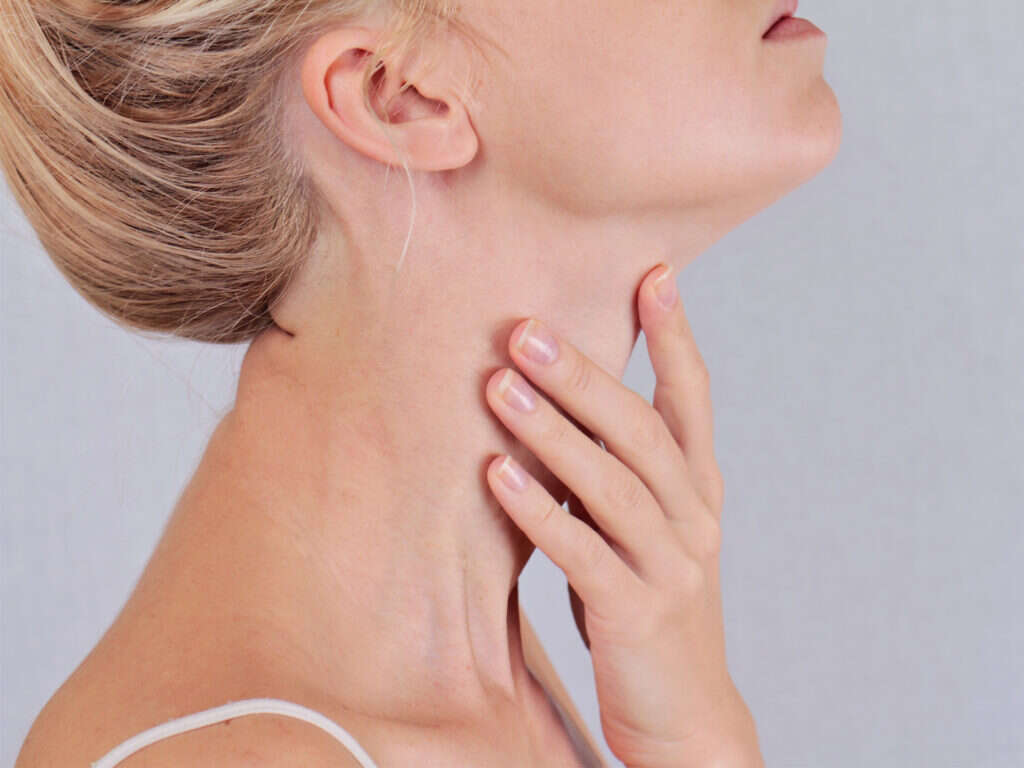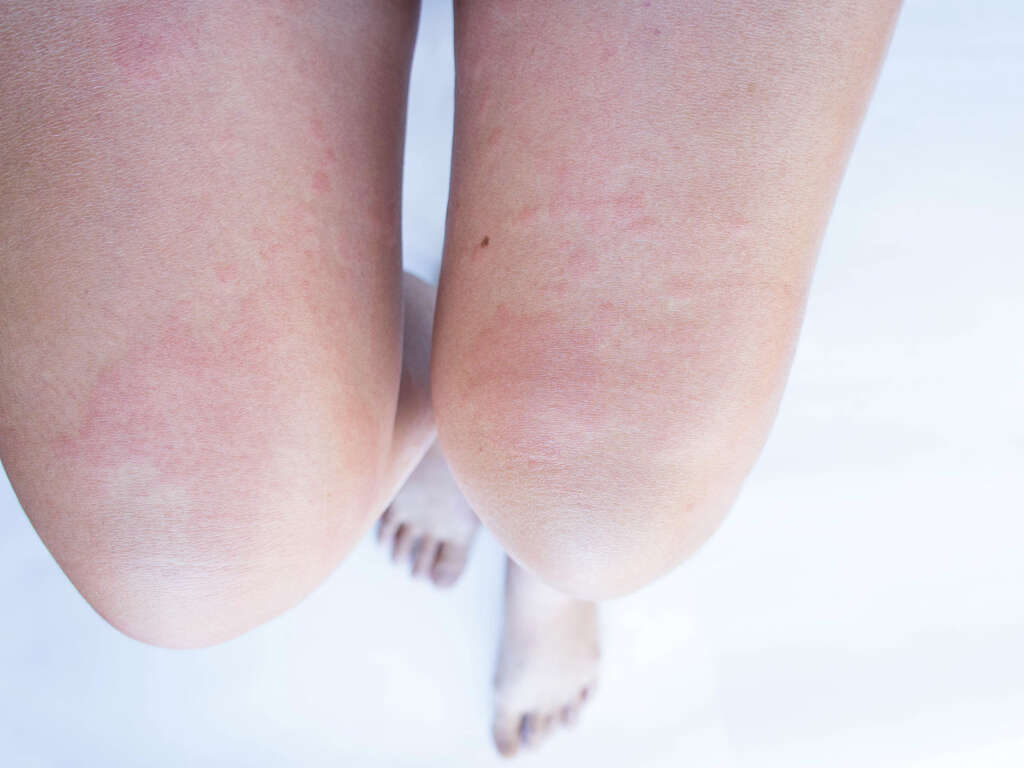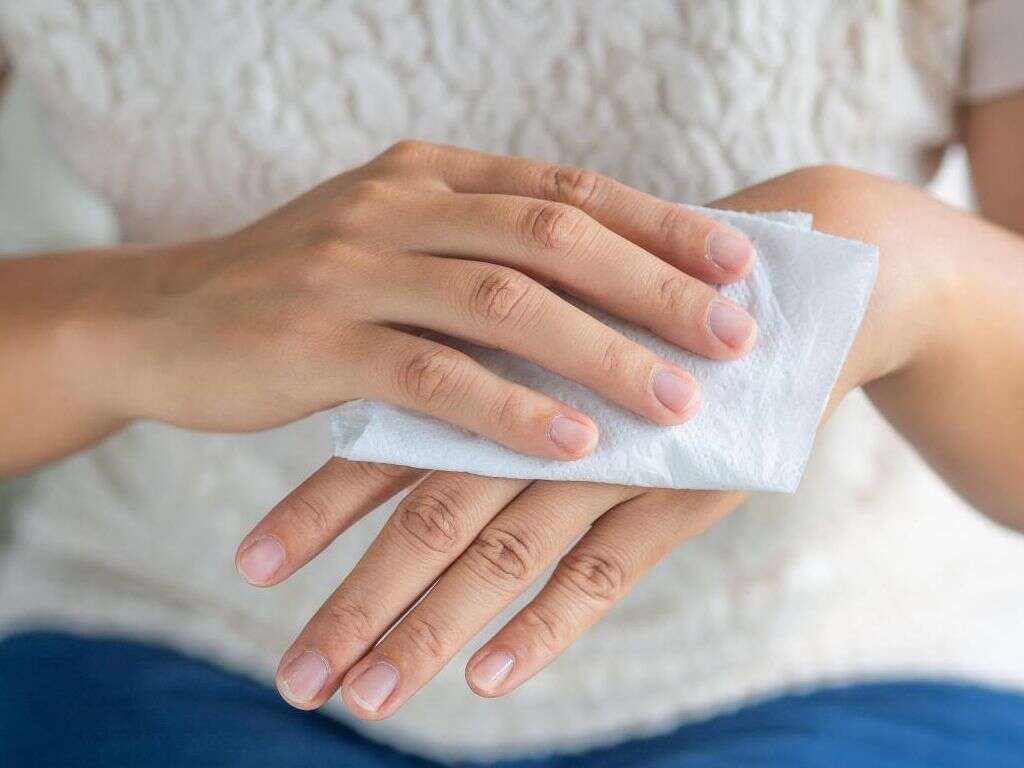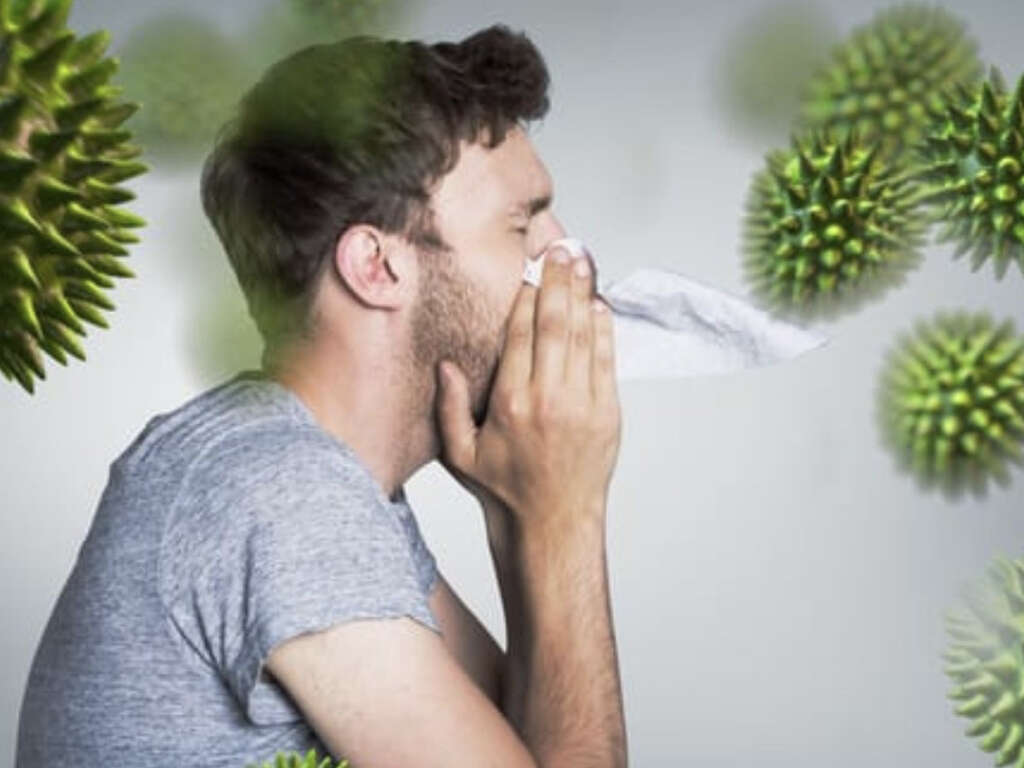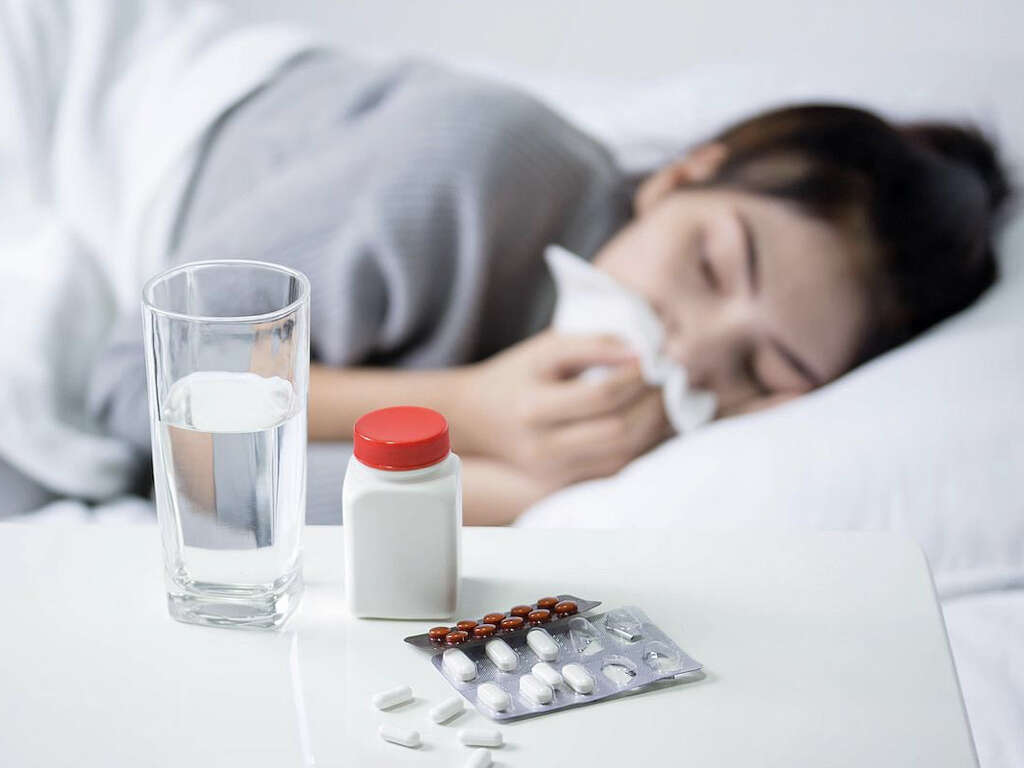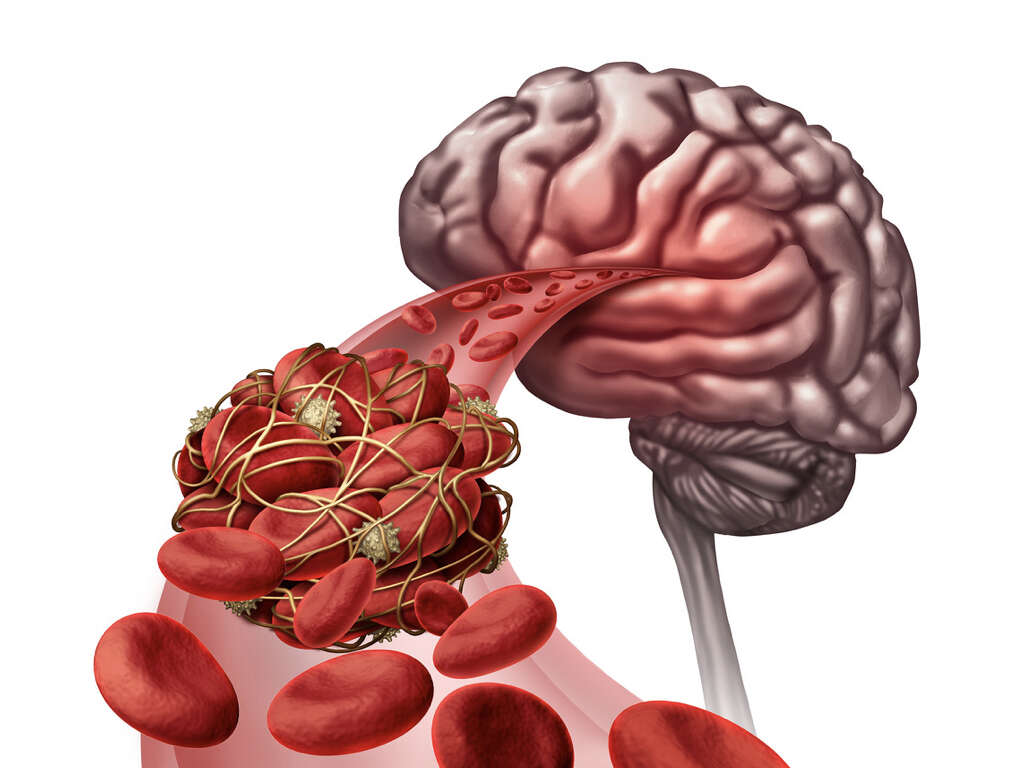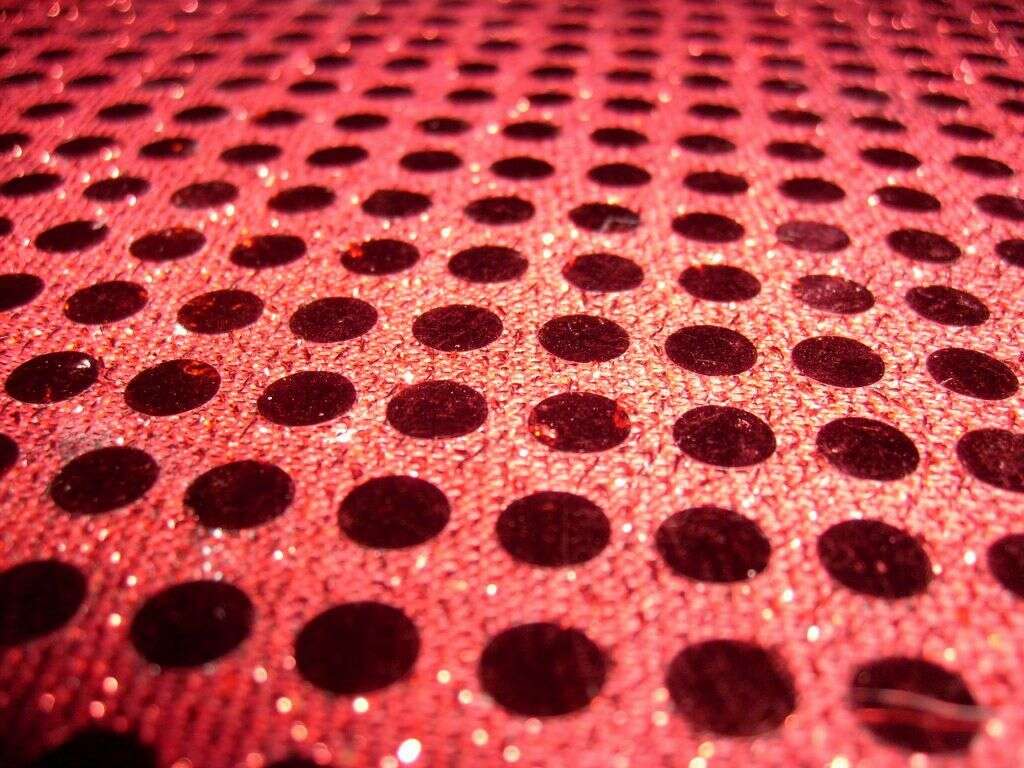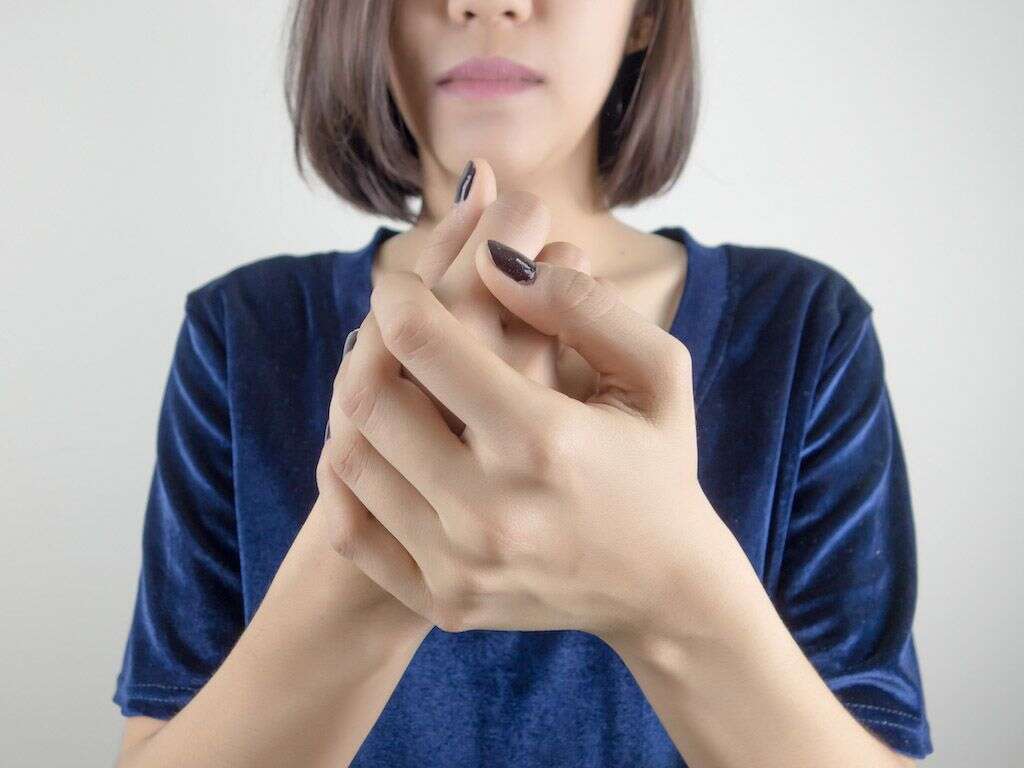10 Lupus Symptoms In Women
 Article Sources
Article Sources
- 1. C. M. Tench, I. McCurdie, P. D. White, D. P. D'Cruz, The prevalence and associations of fatigue in systemic lupus erythematosus, Rheumatology, Volume 39, Issue 11, November 2000, Pages 1249–1254, https://doi.org/10.1093/rheumatology/39.11.1249
- 2. How Lupus Affects the Body : Arthritis. (2020, February 11). Retrieved December 04, 2020, from https://www.hopkinslupus.org/lupus-info/lupus-affects-body/lupus-arthritis/
- 3. Lupus-Specific Skin Disease and Skin Problems. (2020, February 11). Retrieved December 04, 2020, from https://www.hopkinslupus.org/lupus-info/lupus-affects-body/skin-lupus/
- 4. Complications of Lupus. (n.d.). Retrieved December 04, 2020, from https://www.uofmhealth.org/health-library/hw118452
Systemic Lupus Erythematosus (SLE), also known as Lupus, is a chronic disease that causes generalized inflammation in the body, commonly affecting the skin, joints, and internal organs (i.e. kidney, heart, lungs, brain). This inflammatory response occurs because SLE is an autoimmune disease, which means that the body’s immune system (the one that normally fights infections) targets healthy tissue instead.
Lupus occurs predominantly in women, specifically those of child-bearing age (15-44 years old); although, it can sometimes start in childhood. Moreover, the cause of this disease is not completely understood. It is likely that SLE results from a combination of a specific genetic makeup and environmental exposures (i.e. infections).
SLE can be difficult to diagnose because its signs and symptoms are often unspecific and will depend on which body systems are affected by the condition. Furthermore, the manifestations of lupus can be permanent or temporary, they can progress slowly or have an acute onset, or they can be mild or severe. In general, most patients with SLE suffer from a mild form of the disease along with intermittent episodes (flares) of worsening signs and symptoms. While there is no definite cure for this disease, available treatments can aid in the management of symptoms. If you would like to know more about SLE, here are 10 Lupus Signs and Symptoms in Women.

1. Fatigue
Fatigue is a medical term that can be defined as a pathologic sensation of constant tiredness that is very profound. Additionally, this extreme tiredness generally does not improve with rest. It is a symptom of a variety of medical conditions, including Systemic Lupus Erythematosus.
Fatigue can affect up to 80% of patients with this condition1C. M. Tench, I. McCurdie, P. D. White, D. P. D’Cruz, The prevalence and associations of fatigue in systemic lupus erythematosus, Rheumatology, Volume 39, Issue 11, November 2000, Pages 1249–1254, https://doi.org/10.1093/rheumatology/39.11.1249. Unfortunately, in most cases the cause of this symptom is unknown. Possible factors that can contribute to fatigue in lupus include disease activity (i.e. anemia, lung, and heart disease), poor sleep quality, associated mood disorders (anxiety and/or depression), and medications. Moreover, lupus can present with associated infections, which can also be responsible for this symptom. Finally, the treatment of fatigue in SLE is difficult. However, if you are experiencing this symptom, it is important to work with your doctor to pinpoint the cause.

2. Fever
Fever can be defined as a body temperature of 100.4° F or greater, measured with a thermometer. A person with fever may refer that they feel warm to the touch, or give a history of feeling feverish; however, the use of a thermometer is necessary to provide your healthcare provider with accurate information. Fever can be a sign of a variety of medical conditions, including Systemic Lupus Erythematosus.
Many patients with lupus can experience low-grade fevers that often signal inflammation and/ or oncoming lupus flares. The presence of fever in these patients can also mean that there is an associated infection. Thus, it is vital that people with SLE become aware of abnormal patterns in the manifestations of their disease and notify their doctor of anything unusual.

3. Joint Pain
Arthritis is a term that describes inflammation of the joints. Moreover, when arthritis affects five or more joints it is known as polyarthritis and it can cause polyarthralgia or pain in several joints. Acute polyarthritis and joint pains (arthralgia) can be seen in roughly 90% of patients with lupus2How Lupus Affects the Body : Arthritis. (2020, February 11). Retrieved December 04, 2020, from https://www.hopkinslupus.org/lupus-info/lupus-affects-body/lupus-arthritis/. Actually, almost half of the people with the disease report joint pains upon initial diagnosis2How Lupus Affects the Body : Arthritis. (2020, February 11). Retrieved December 04, 2020, from https://www.hopkinslupus.org/lupus-info/lupus-affects-body/lupus-arthritis/.
In SLE, polyarthritis typically affects the same locations on either side of the body and it frequently occurs on small joints (i.e. hands, feet, wrist), although it can also affect large ones (knees, shoulders, elbows)2How Lupus Affects the Body : Arthritis. (2020, February 11). Retrieved December 04, 2020, from https://www.hopkinslupus.org/lupus-info/lupus-affects-body/lupus-arthritis/. Aside from pain, patients that have joint involvement can experience swelling and stiffness of the joints, which is usually worse in the mornings. Fortunately, in this case, polyarthritis does not destroy the structures of the joint; thus, it does not cause deformities. However, in the long run, deformities without bone or cartilage erosions may occur. Finally, arthralgia and swelling can be managed with certain medications (i.e. naproxen, ibuprofen). However, the physician will tailor the best treatment to alleviate these joints symptoms.

4. Malar Rash
Most patients with SLE have some form of skin involvement during the disease. Almost 50% of people with SLE experience a facial rash that spans the width of the face, covering the bridge of the nose and both cheeks3Lupus-Specific Skin Disease and Skin Problems. (2020, February 11). Retrieved December 04, 2020, from https://www.hopkinslupus.org/lupus-info/lupus-affects-body/skin-lupus/. This skin lesion is known as malar or butterfly rash and it can develop after sunlight exposure or spontaneously. Interestingly, it is so-named because it can acquire the general shape of a butterfly and because it occurs over the cheekbone, which is also known as the malar or zygomatic bone.
Characteristically, the malar rash usually spares the nasolabial folds or the lines that form under each side of your nose (smile lines) and it can appear elevated or flat, red, and even dry and flaking. Finally, this lesion can be an isolated finding or it can be a signal of an oncoming flare-up of the disease.
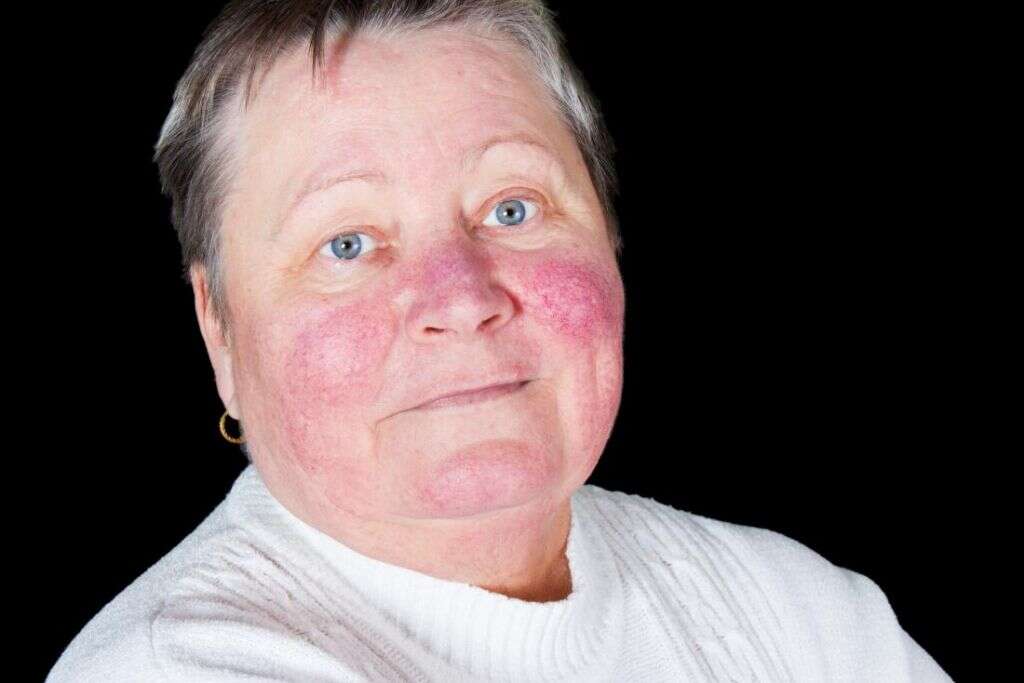
5. Chest Pain
In SLE, chest pain can appear in many forms and it can have a variety of causes. For instance, approximately one in three people with this condition develop pleurisy or the inflammation of the two layers of tissue that separate the chest wall from the lungs (pleura)4Complications of Lupus. (n.d.). Retrieved December 04, 2020, from https://www.uofmhealth.org/health-library/hw118452. As a consequence, patients with this condition experience cough and sharp chest pain (pleuritic pain) that worsens with deep breaths.
If pleurisy is not the cause of chest pain, it can be caused by inflammation of structures of the chest wall. For instance, the involvement of the joints that connect the breastbone to the ribs can commonly cause chest pain in people with lupus. Similarly, the inflammation of muscles, cartilages, and ligaments in the chest can also cause pain. On the other hand, some lupus-related heart problems like pericarditis can also cause chest pain. Pericarditis refers to the inflammation of the sac that surrounds the heart (pericardium). It can cause sudden and severe left-sided chest pain that usually worsens when lying down or breathing deeply.

6. Mouth Sores
Mouth sores, also known as ulcers, are common in people with lupus. In fact, approximately 25% of patients with this condition report oral, nasal, and even ocular lesions3Lupus-Specific Skin Disease and Skin Problems. (2020, February 11). Retrieved December 04, 2020, from https://www.hopkinslupus.org/lupus-info/lupus-affects-body/skin-lupus/. Specifically, small oral lesions can appear inside the cheeks, in the gums, on the roof of the mouth, and the lips. Moreover, mouth ulcers can be painless or cause uncomfortable soreness.
Fortunately, topical treatments are available to help minimize discomfort in these patients. Options like special mouthwashes and certain dental pastes can help expedite the healing process. However, the best treatment for any lupus-related manifestation will be the one for lupus itself. Be sure to check with your doctor if you are having frequent bouts of mouth sores, especially if they are associated with several signs and symptoms of lupus.
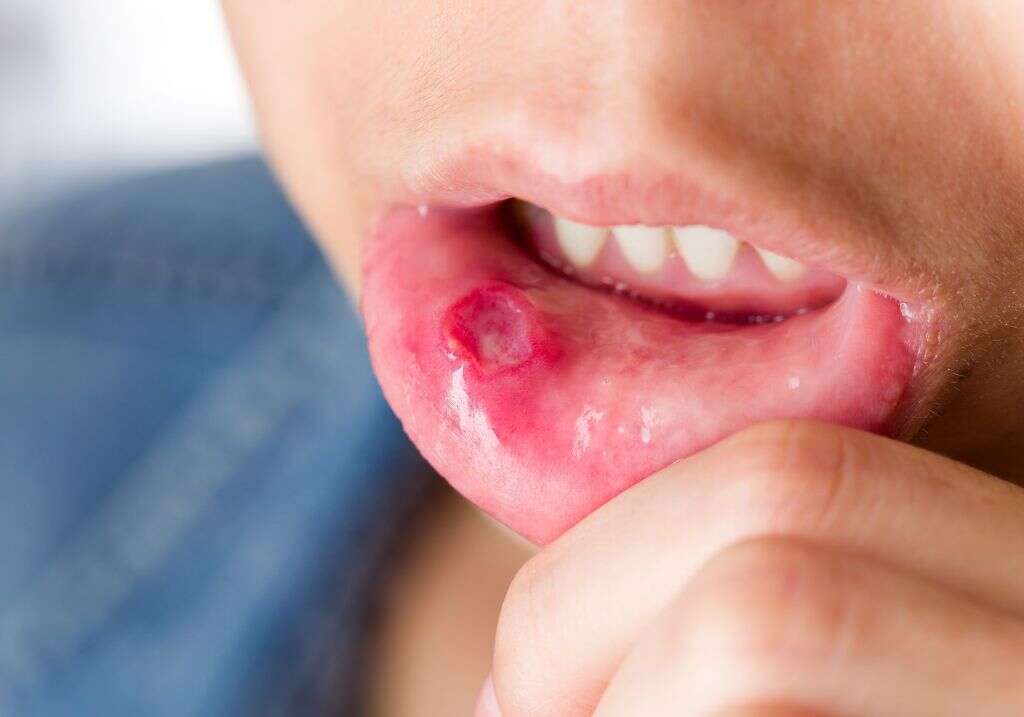
7. Abdominal Pain
Recall that lupus can affect almost any tissue in the body, which includes those of the gastrointestinal system. In addition, this disease can involve surrounding organs like the pancreas, bile duct, gallbladder, and liver. Hence, abdominal pain can be a symptom of lupus. However, not all gastrointestinal issues can be directly attributed to the activity of the disease; some can be related to other coexisting diseases or they can appear as side effects of lupus medication.
Many patients with SLE experience heartburn or burning pain in the lower chest, as a result of gastroesophageal reflux disease. Moreover, rare manifestations of SLE such as the inflammation of the peritoneum (the sac that surrounds the intestines), the pancreas (pancreatitis), the small bowel (lupus enteritis), or the liver can also result in abdominal pain. Finally, certain medications (i.e. NSAIDS) involved in lupus treatment can increase the risk of damaging the stomach and intestinal lining. Thus, during certain treatments, patients with lupus are at risk of developing bleeding ulcers in these tissues (peptic ulcers).

8. Swelling of Lymph Nodes
Lymphadenopathy is a medical term that refers to the swelling of lymph nodes, which are small structures that filter substances from the lymphatic system. They are an important component of our immune system, and, as such, certain immune cells (lymphocytes) complete their maturation process and many other functions within these structures. Importantly, lymphadenopathy is nonspecific. For instance, possible causes of this clinical sign include infections, malignancies, and autoimmune conditions. Hence, pinpointing the cause of lymphadenopathy can be challenging.
In SLE, the generalized swelling of lymph nodes is common in children and young adults. However, it is not considered a criterion for the diagnosis of lupus. Lymphadenopathy can be observed in any stage of the course of SLE; although it is most likely indicative of disease activity. Moreover, affected lymph nodes are mainly located in the neck and the axilla, and they are usually painful and soft.
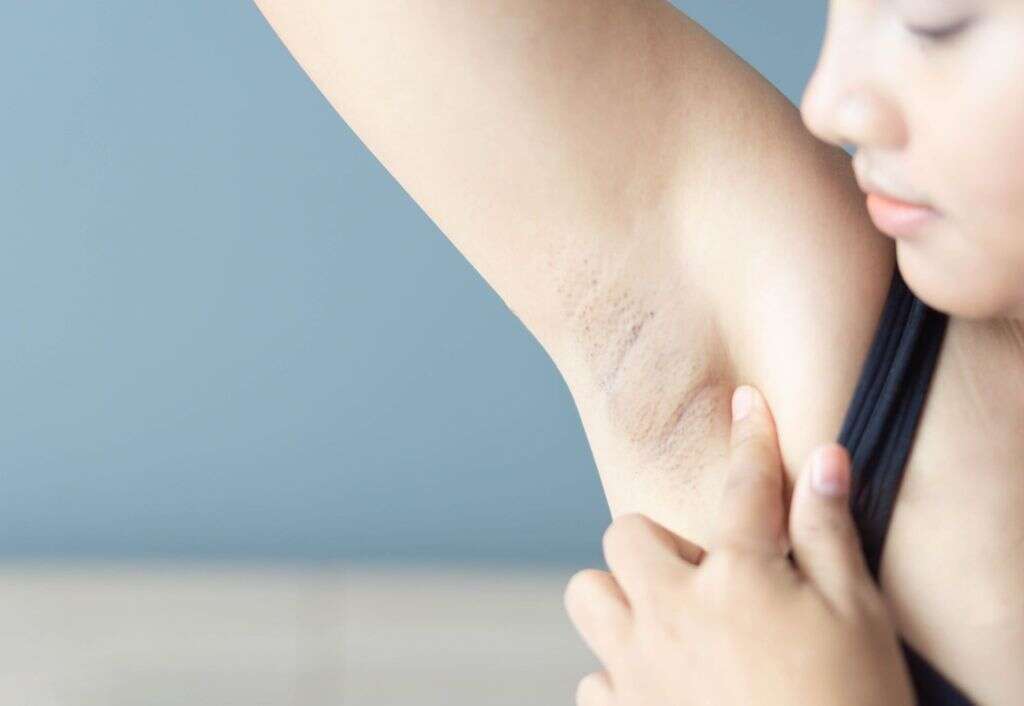
9. Pregnancy Loss
Commonly, women with SLE don’t have problems conceiving and most have successful pregnancies. However, it is a fact that this disease increases the risk for recurrent obstetric complications such as premature birth and stillbirth. Specifically, this risk increases in women who also have specific immune proteins in the blood known as antiphospholipid antibodies (anti-Ro, or anti-La). Similarly, women with kidney problems also have a higher risk.
In women with SLE, obstetric complications are likely to be avoided if pregnancy is timed for when the disease has been in remission (no clinical evidence of the disease) for approximately 6-12 months. Pregnancies in women with lupus should be monitored closely for disease flare-ups and complications.
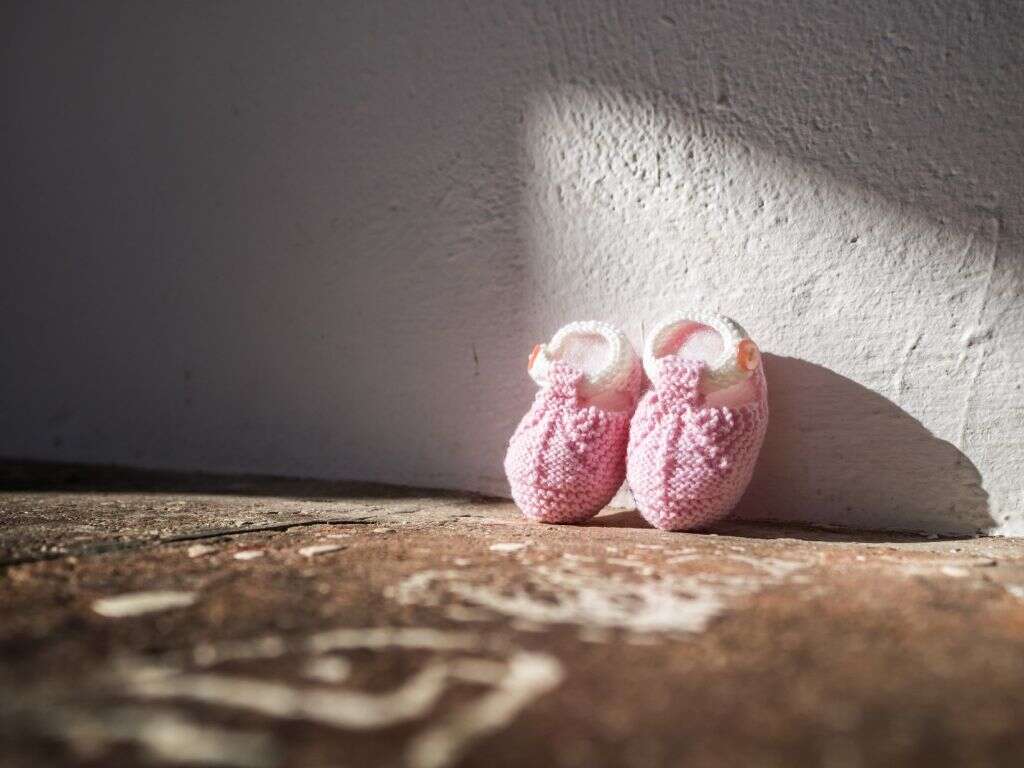
10. Photosensitivity
At least half of people with SLE experience photosensitivity or extreme sensitivity to UV rays from the sun and other sources (i.e. artificial lighting). As a result, exposure to light sources can cause severe sunburn-like lesions and skin rashes in people with lupus. However, beyond those manifestations, excess light exposure is a common trigger for lupus flares, increasing disease activity in many cases. For instance, symptoms such as fatigue and joint pains can be precipitated by photosensitivity.
Given the impact of photosensitivity in patients with lupus, sun protection is very important. Adequate sunscreen for these patients should have broad-spectrum UV skin protection (including both UV-A and UV-B protection) and a minimum SPF of 70. If photosensitivity is an issue for you, be sure to apply sunscreen everywhere (even underneath clothes) and reapply constantly as directed in the bottle.



